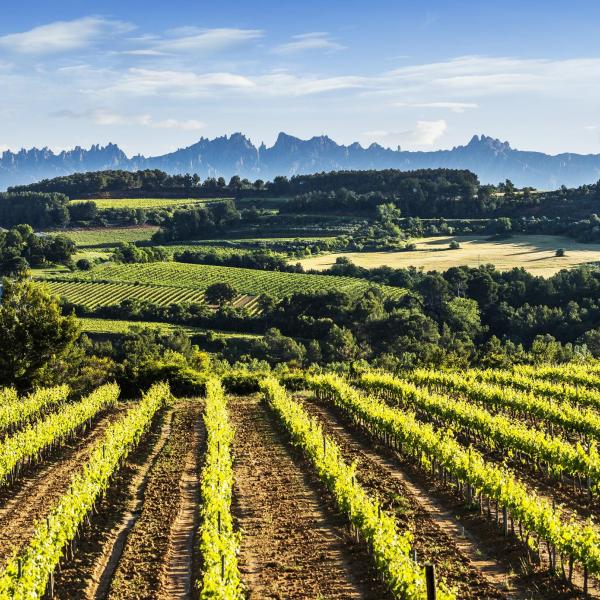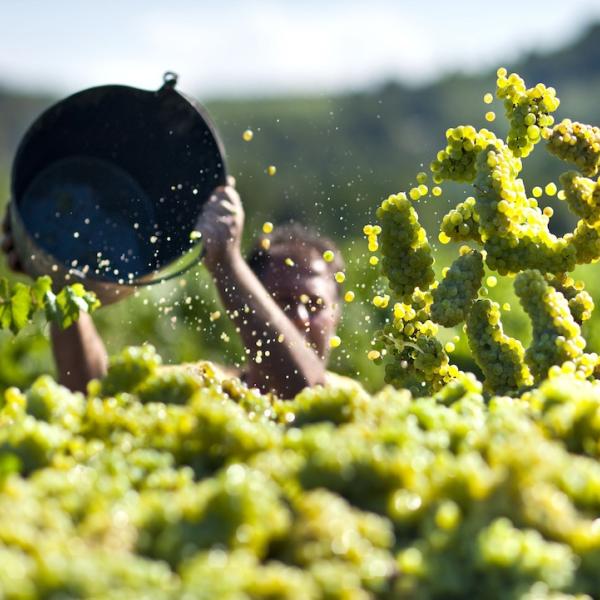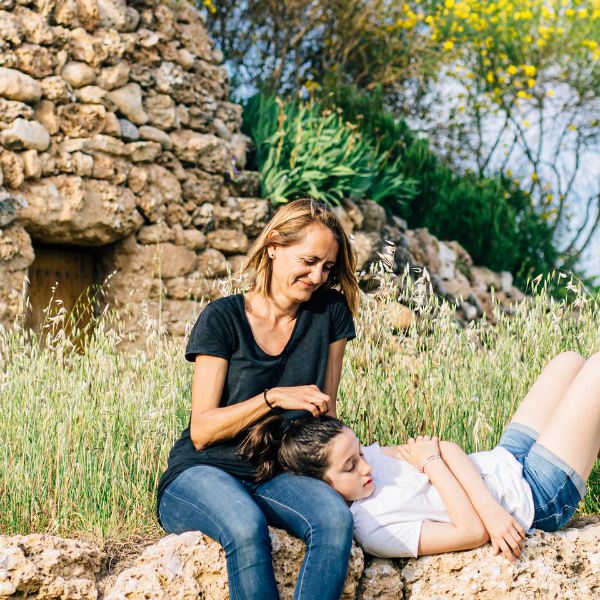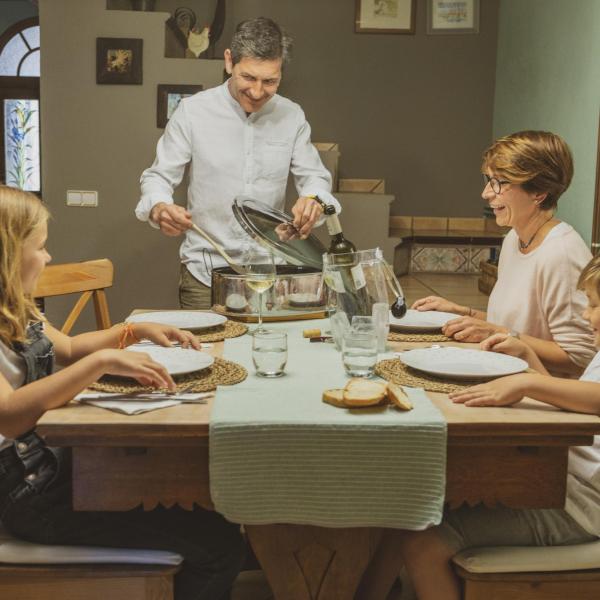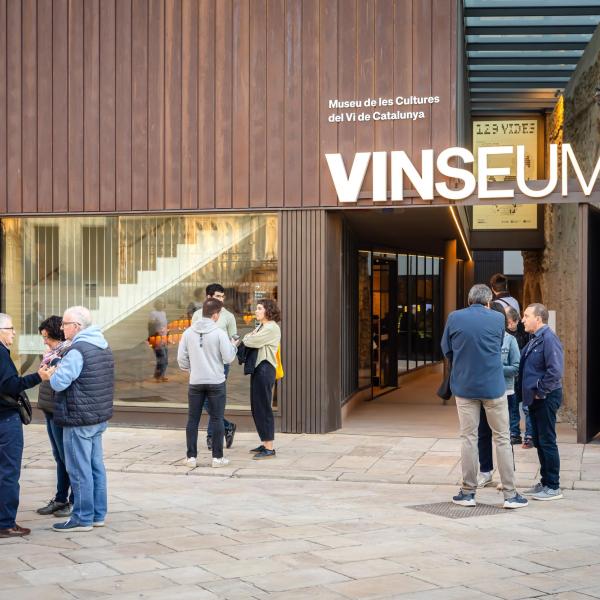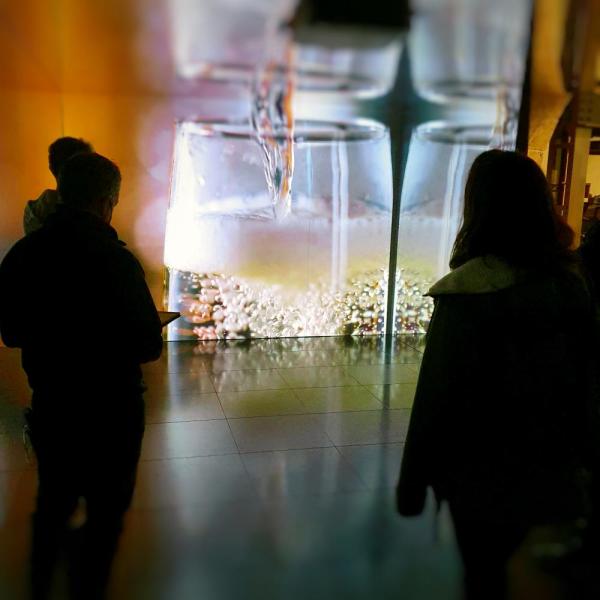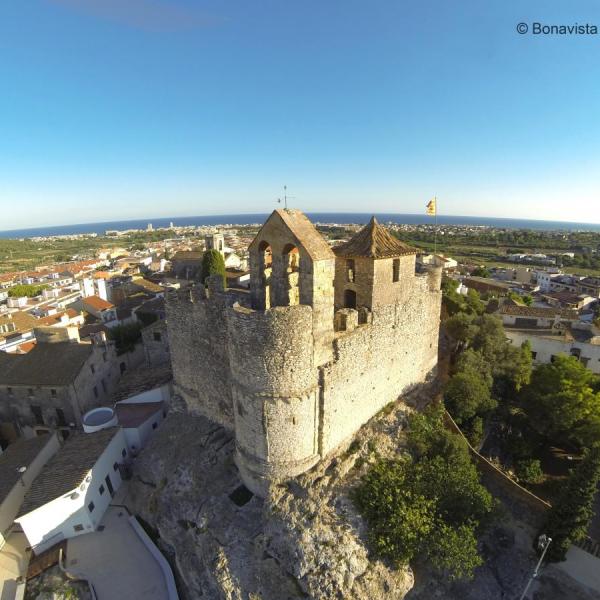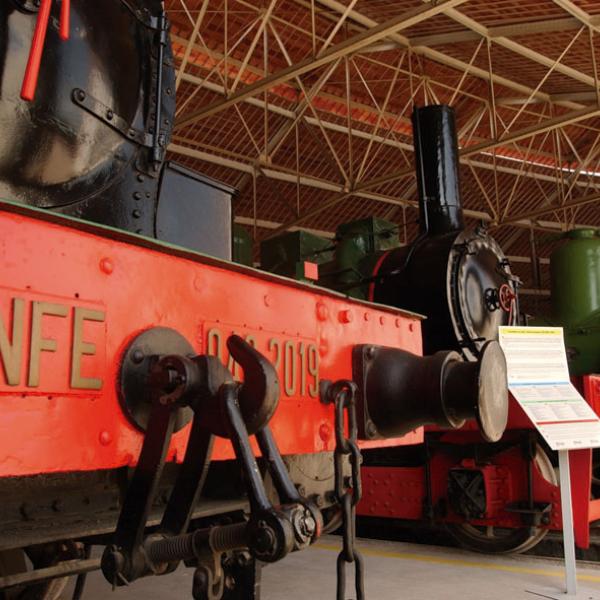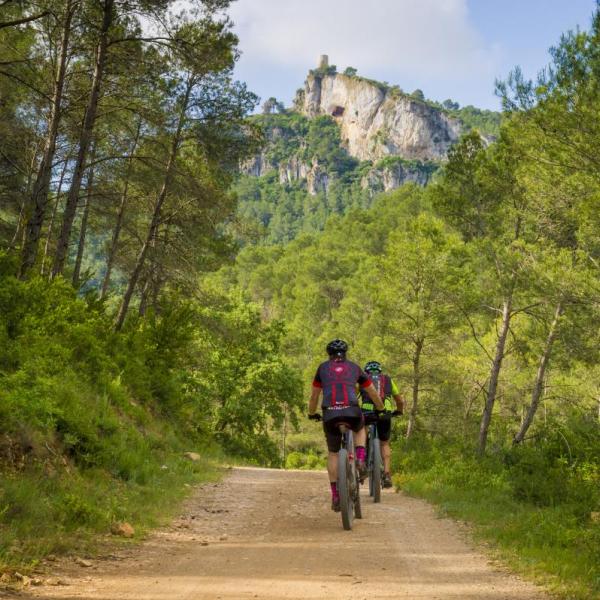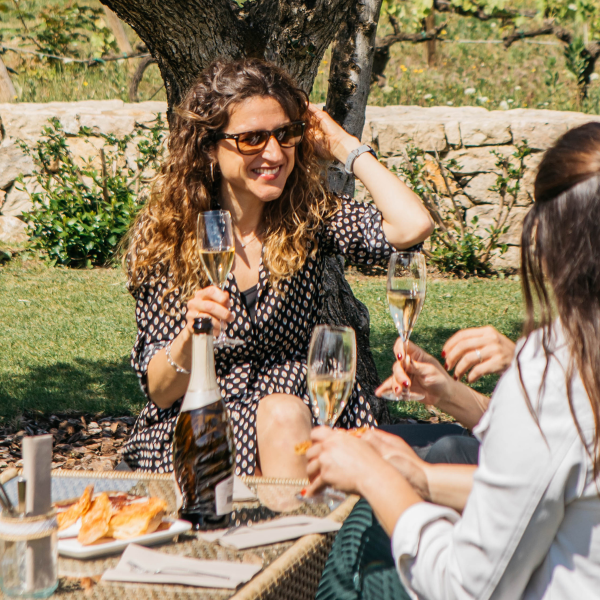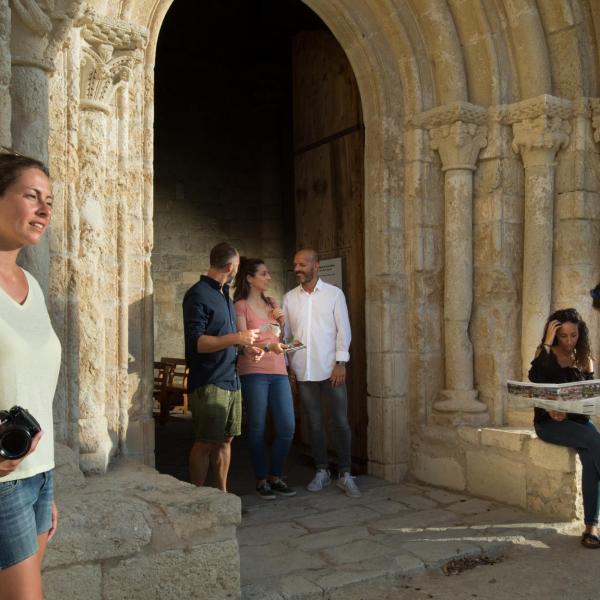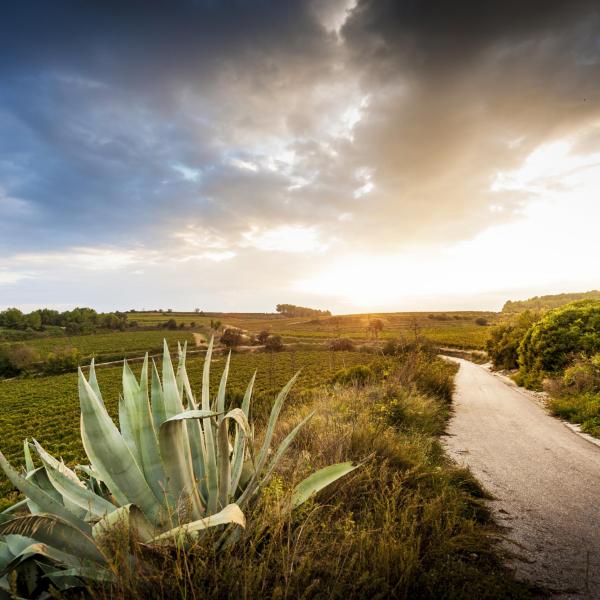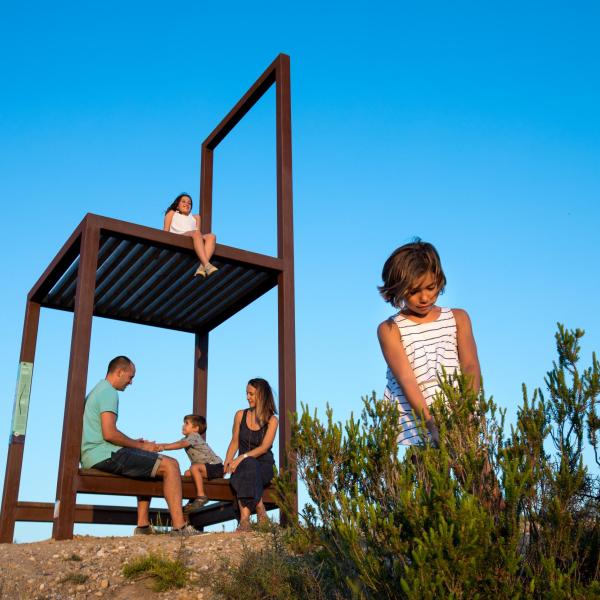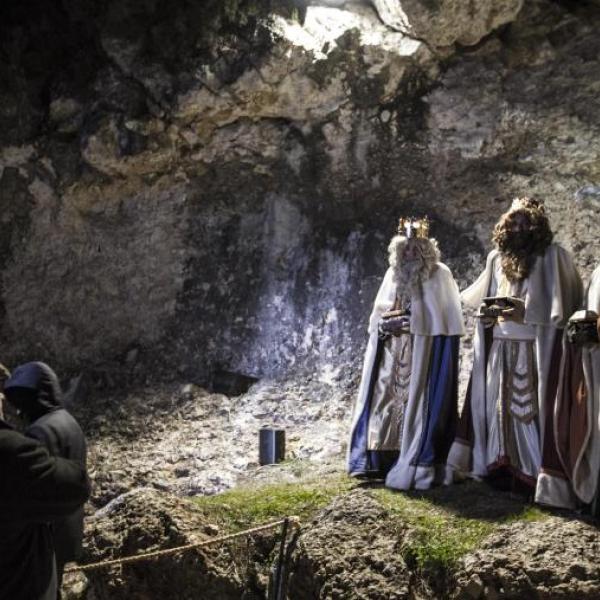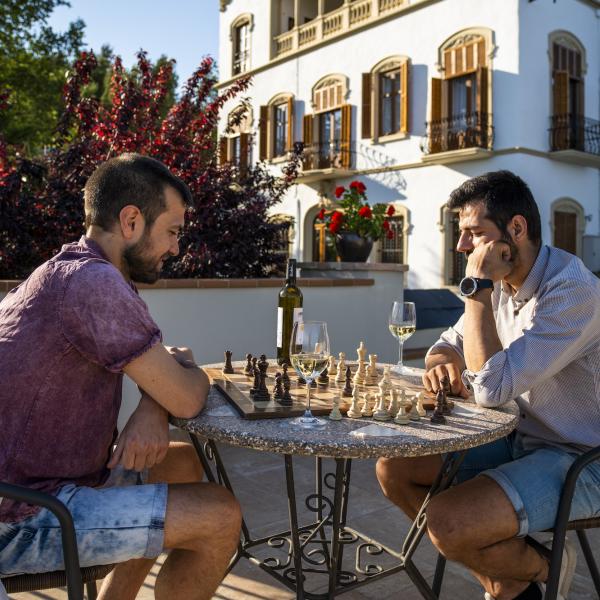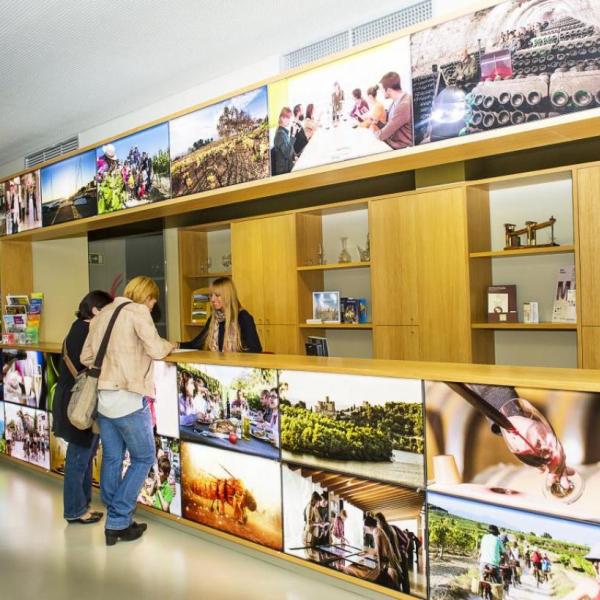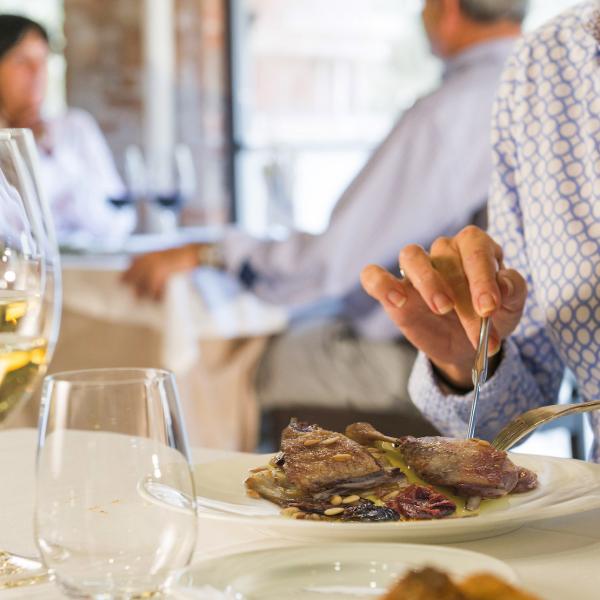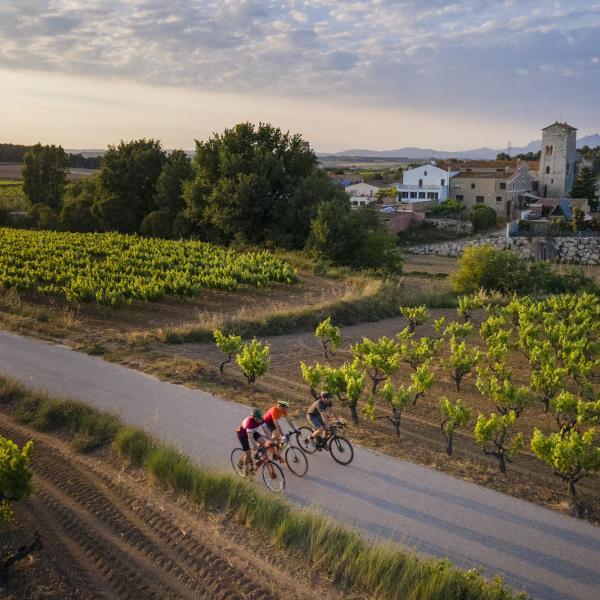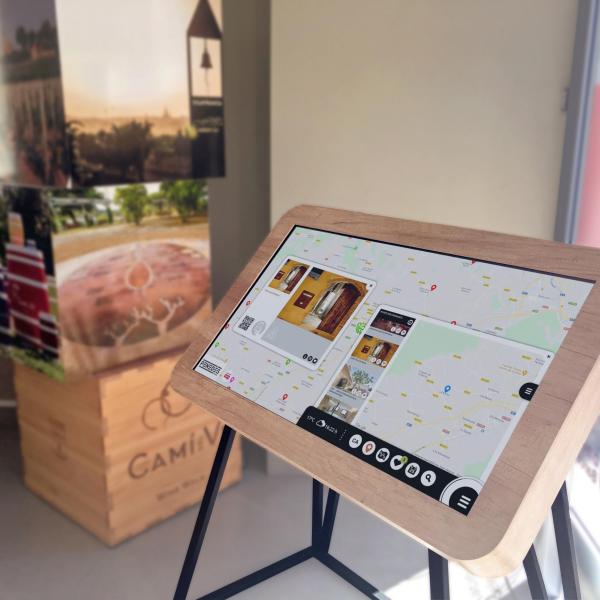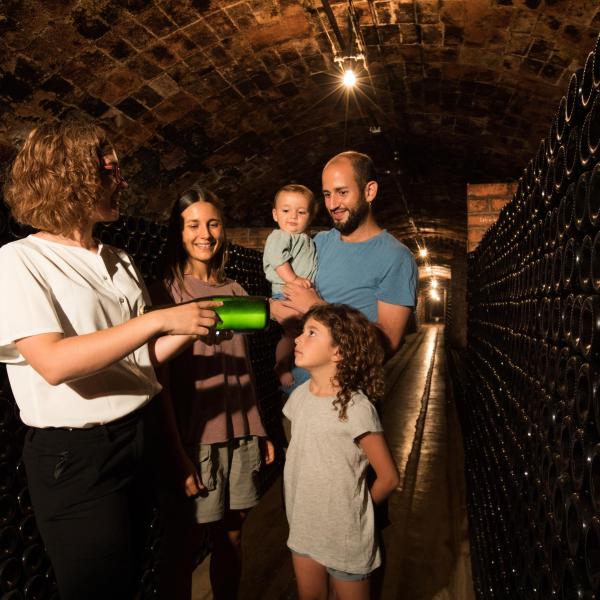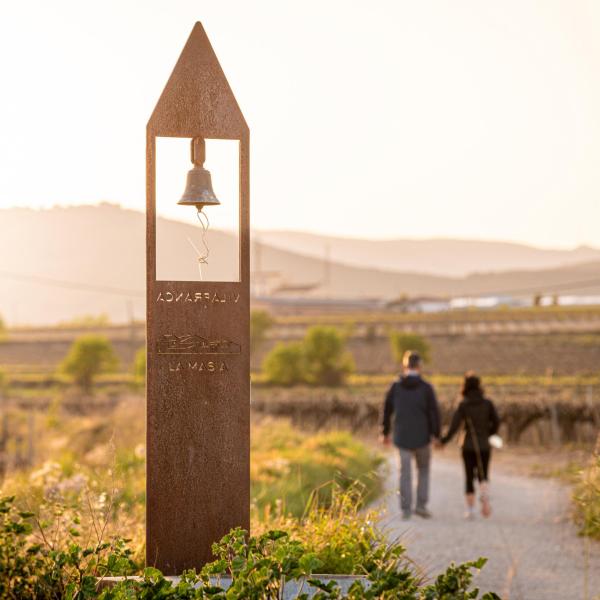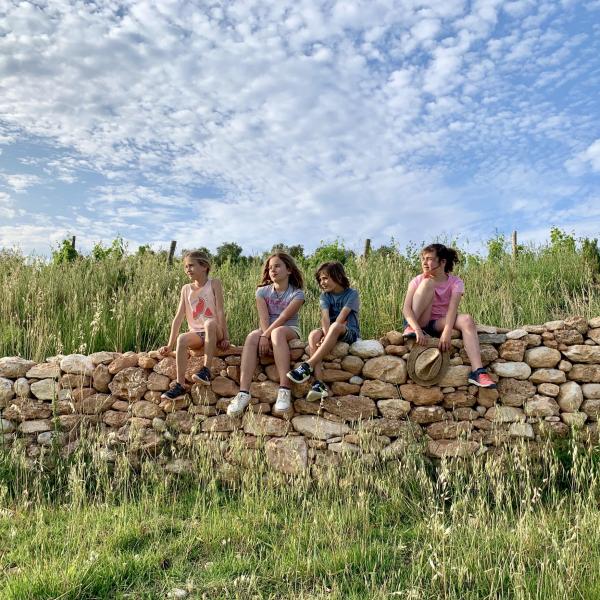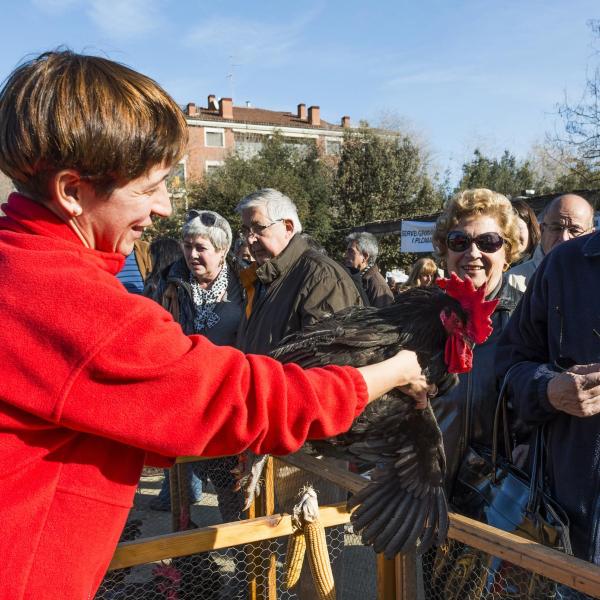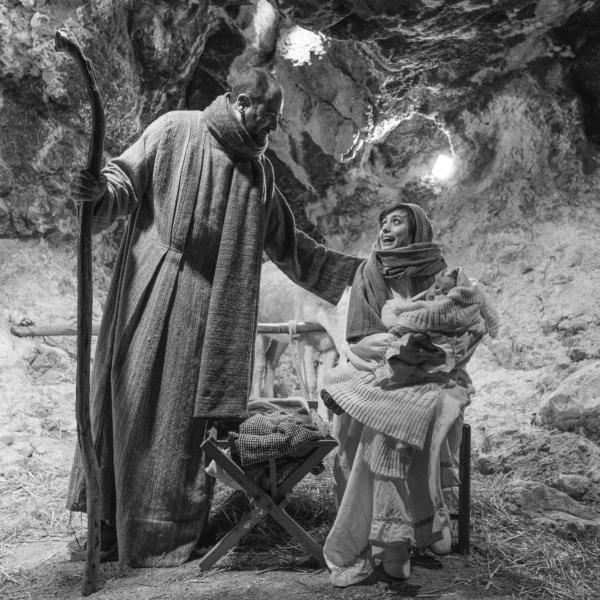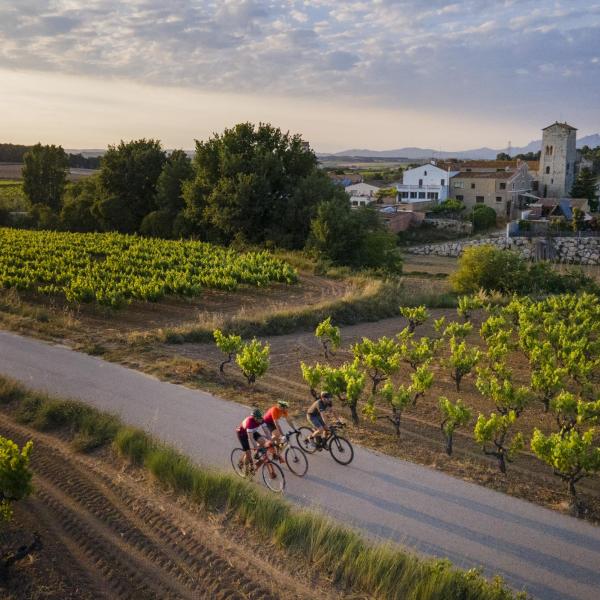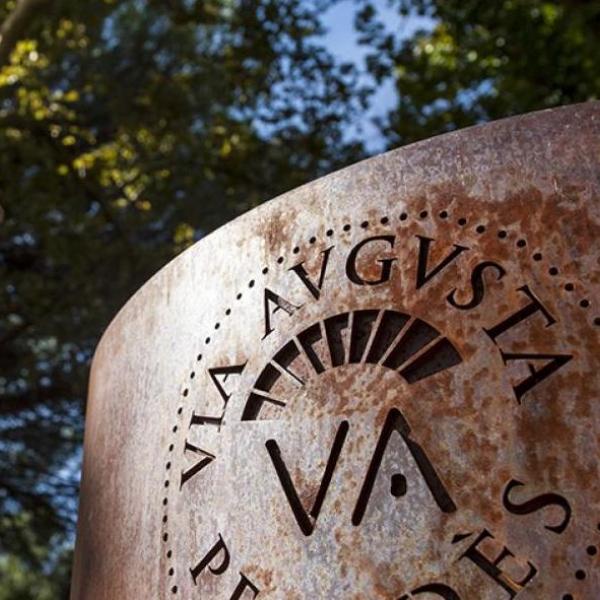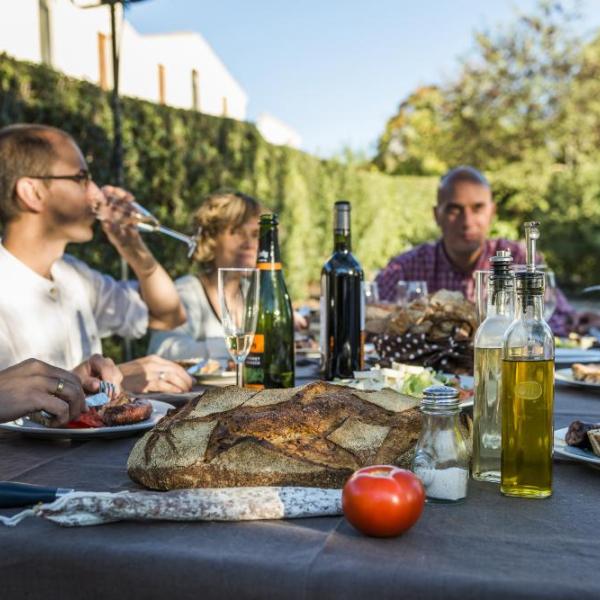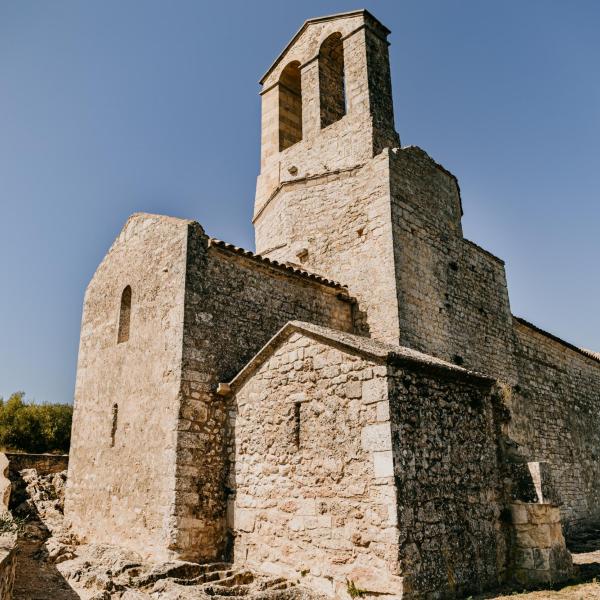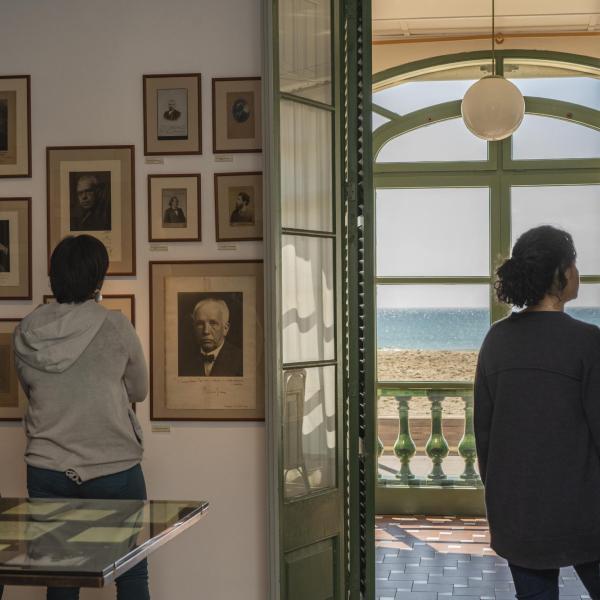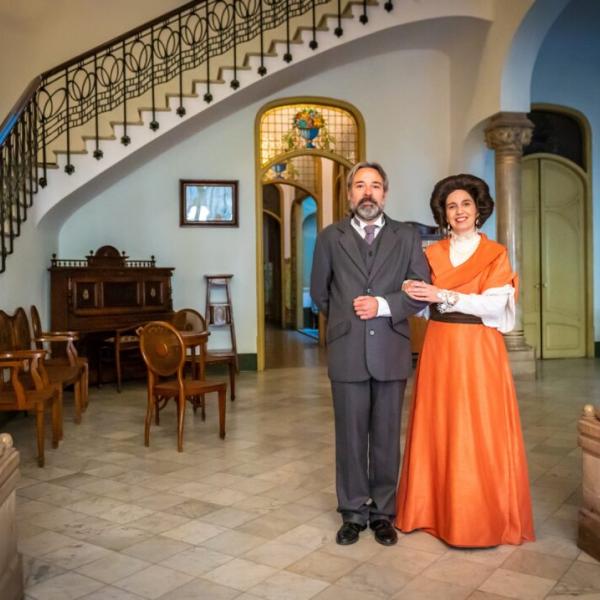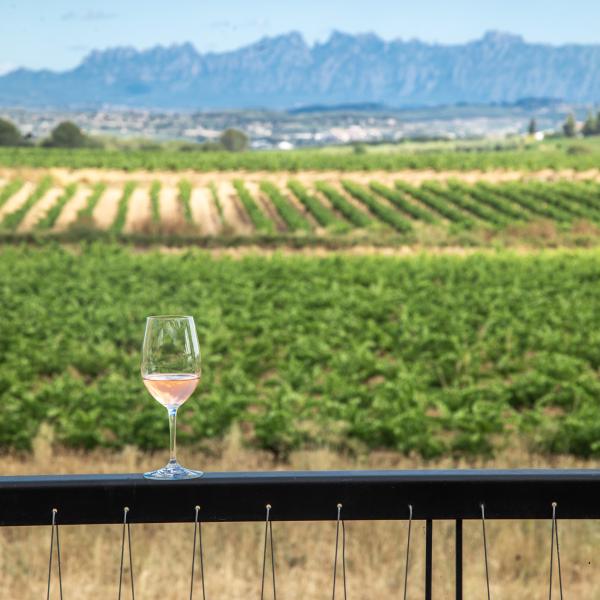La Pobla de Claramunt Castle
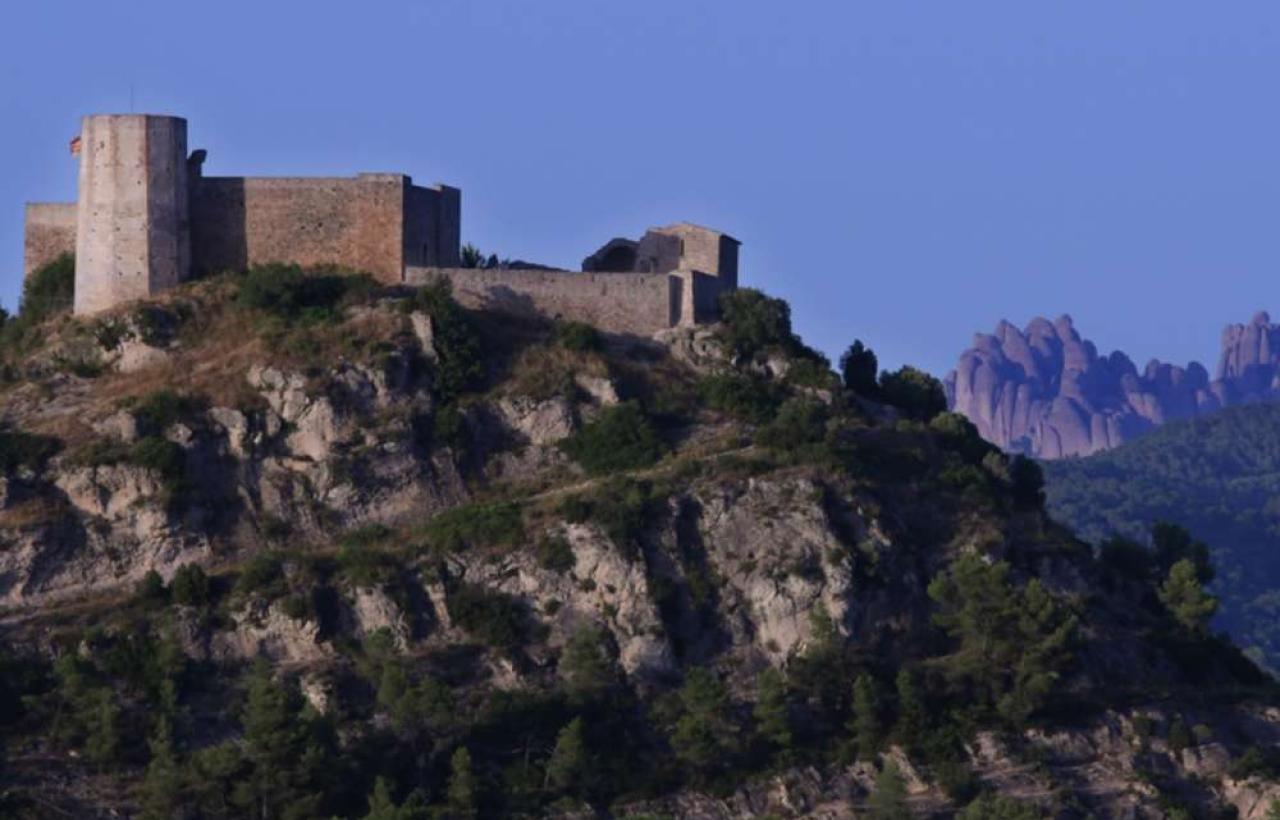
La Pobla de Claramunt Castle stands at the top of a hill, overlooking the point where the gorge of the Anoia river opens into the Òdena basin. Founded in the second half of the 10th century, it was located in the county of Barcelona and formed part of the dense network of castles that marked the boundary line between the Catalan counties and Al-Andalus, serving to protect and organise the territory.
Despite being destroyed and rebuilt on several occasions, the fortress preserves its original structure: an upper enclosure that housed the living quarters, with a tower on each of the four corners (one of which is the keep), and the Gothic hall; and a lower enclosure that contained all the necessary services for running the castle (such as the cistern), which today has the appearance of a large courtyard enclosed by walls with seven open-backed towers. Standing within the lower enclosure, right next to the entrance, is the Romanesque church of Santa Maria (11th century), to which the chapel of Santa Margarida was later added.
The castle was entrusted to the lords of Claramunt and remained under their control until the 13th century. It subsequently became property of the lords of Cardona, who made it the administrative centre of their possessions in the Òdena basin. Together with other nearby castles, Claramunt remained under the jurisdiction of the Cardona family (related by marriage to the Medinaceli family) until the manorial system came to an end.
Over the centuries the castle has been witness to countless wars. It was badly damaged for the first time in 1463, during the war between Joan II and the General Council. After the war, Joan Ramon Folc III of Cardona ordered its reconstruction and building works continued into the 16th century. It was partially destroyed once again in 1714, during the War of the Spanish Succession, and was never inhabited again. Nevertheless, it still preserves its structure and impressive fortress appearance today.
primera vez. Al finalizar la guerra, Juan Ramón Folch III de Cardona ordenó su reconstrucción, que perduró hasta el siglo XVI. El año 1714, a raíz de la Guerra de Sucesión, el castillo fue derribado parcialmente y nunca más se volvió a habitar. No obstante, el castillo de Claramunt ha conservado hasta hoy su estructura e impresionante aspecto de fortaleza.
Contact
Carrer Església, 44 La Torre de Claramunt, Barcelona
08789
Spain


